Tow safely by ensuring the right trailer tire pressure for your boat.
The cost, due to accelerated wear, of improperly inflated trailer tires pales in comparison to putting the lives of other motorists, your passengers and yourself at risk. ShutterstockBoat-trailer tires require a lot of air pressure — in most cases, between 50 and 65 psi. In fact, the correct tire pressure for your boat trailer is almost always the maximum-rated pressure for that tire, which is molded right on the sidewall. Maintaining that trailer tire PSI is critically important to towing safety.
Tire pressure determines the load the tire can safely carry. The load capacity of the trailer was determined with that specific tire pressure as a factor. If you roll out of the driveway towing your boat with less than the max psi in the trailer tires, you have effectively reduced the load capacity of the entire trailer.
Underinflated and thus overloaded tires are the leading cause of trailer-tire failure; the tires overheat and fall apart.
Here’s an example. A single-axle boat trailer with a 2,490-pound GVWR (trailer plus cargo) rolls on ST175/80R13C tires with a max trailer tire PSI of 50 pounds. At 50 psi, each tire is rated to carry 1,360 pounds, or a combined 2,720 pounds for the pair of tires. If the tire pressure is reduced to 40 psi, the individual tire-load rating drops to 1,190 pounds (2,380 pounds combined), or 110 pounds less than the trailer capacity. If you are in the habit of airing those trailer tires to just 35 pounds (your truck tires take 35 pounds, after all) the combined tire capacity drops to just 2,200 pounds. This could be a problem if the boat (including outboard, batteries, fuel and gear) plus the trailer weighs 2,400 pounds.
Advertisement
But wait, you wonder. If I fill my trailer tires to the max psi, won’t they be overinflated when they warm up after towing for 100 miles? What if they explode right off the rims? Air pressure will rise if the tire warms, or even as ambient air temperature changes, but only by 2 percent for each 10 degrees, and the tire is engineered to handle that extra 2 to 4 psi.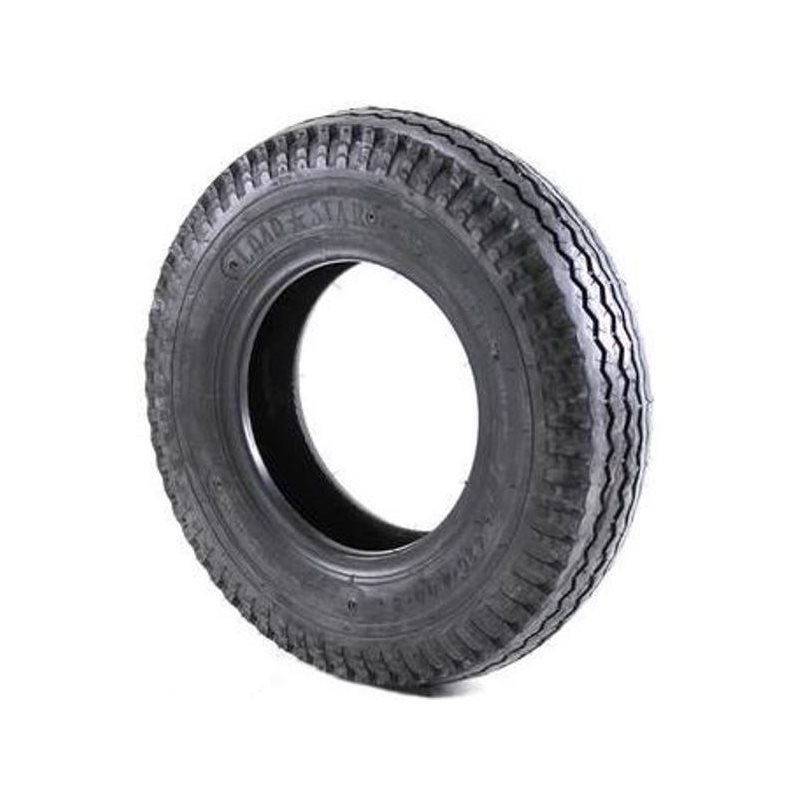 If you add air to warm tires, simply reduce the pressure by 2 to 4 psi.
If you add air to warm tires, simply reduce the pressure by 2 to 4 psi.
Quick Tip: Tire covers can help prolong the life span of tires on trailers that are usually stored outdoors by protecting them from the sun’s damaging UV rays.
An example of VIN sticker or a tire-and-load sticker that should be on your trailer. Charles PlueddemanAll new trailers have a VIN sticker or a tire-and-load sticker — often hard to find on an inside frame rail — that states the trailer-tire size, the GVWR with those tires, and the specified tire inflation psi. Before buying a used trailer, check the sticker to make sure the tires are the correct size and rating. They may have been replaced with a less-expensive tire with an inadequate rating. If you can’t find the sticker, call the trailer manufacturer for tire info.
Advertisement
All new trailers have a VIN sticker or a tire-and-load sticker — often hard to find on an inside frame rail — that states the trailer-tire size, the GVWR with those tires, and the specified tire inflation psi. Before buying a used trailer, check the sticker to make sure the tires are the correct size and rating. They may have been replaced with a less-expensive tire with an inadequate rating. If you can’t find the sticker, call the trailer manufacturer for tire info.
Before buying a used trailer, check the sticker to make sure the tires are the correct size and rating. They may have been replaced with a less-expensive tire with an inadequate rating. If you can’t find the sticker, call the trailer manufacturer for tire info.
Maintaining trailer tires — whether they are ST (Special Trailer) or LT (Light Truck) — isn’t always the same as what you do for passenger vehicle tires. Here are some basics on getting the most out of your trailer tires.
Running your ST or LT trailer tires under-inflated is a sure way to quickly wear them out and invite tire failure. Keeping them at the proper air pressure is key for longevity, load-carrying capacity, and the ability for the tire to dissipate heat better.
The best way to tell if your tires are properly inflated is to check them with an air pressure gauge. In some cases, an under-inflated tire may not appear low.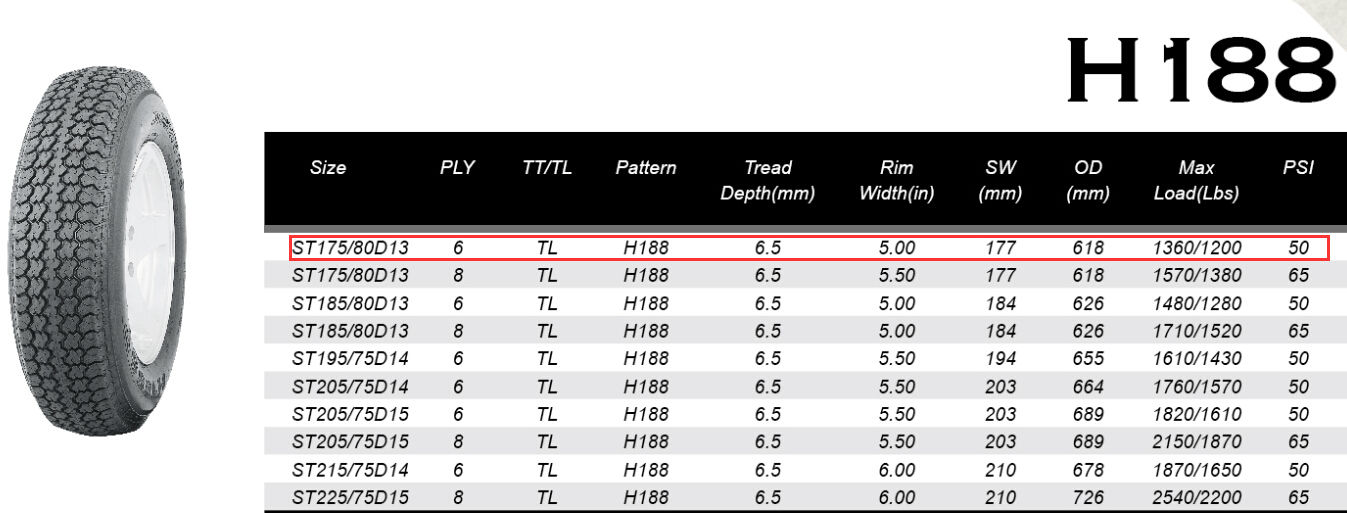 Trailer tires can look fully inflated and be below the safe air pressure.
Trailer tires can look fully inflated and be below the safe air pressure.
Find the maximum tire pressure by looking at your tire sidewall. Look for the small notation “Max. Load” followed by a PSI number (80 in the example below).
Trailer tire pressure should always be checked when the tire is cold, ideally before being driven that day. Driving generates heat and heat generates pressure, which will throw off your measurement. Here’s how to do it yourself.
It’s really important not to overload trailer tires. Overloading tires can cause premature wear and increase the risk of tire failure.
The “Max. Load” information stamped on the sidewall indicates a tire’s load capacity when it’s inflated to the maximum PSI. In the example, this tire can handle a maximum 2,830 pounds when it’s inflated to 80 PSI and used in a “single” application: one tire on each side of the axle.
Note: Some trailer tires are also marked with a “Max.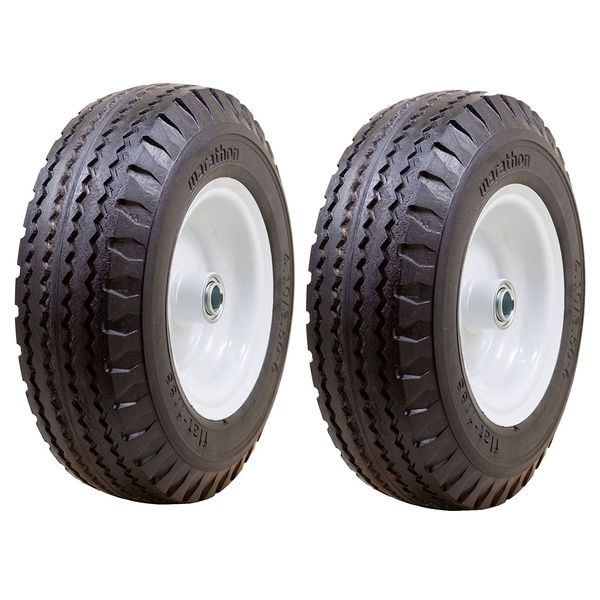 Load Dual” number. This comes into play when two tires are mounted on both sides of the axle (four trailer tires total per axle), a “dual” application, or dually, which is an unusual application. In the above example, each tire’s load capacity is reduced by 13 percent to 2,470 pounds when it’s used as a dually. This assures that if one of the dual tires fails, the remaining tires can keep the trailer stable until you come to a stop.
Load Dual” number. This comes into play when two tires are mounted on both sides of the axle (four trailer tires total per axle), a “dual” application, or dually, which is an unusual application. In the above example, each tire’s load capacity is reduced by 13 percent to 2,470 pounds when it’s used as a dually. This assures that if one of the dual tires fails, the remaining tires can keep the trailer stable until you come to a stop.
Be aware: If your tire pressure is lower than what’s recommended, the tire’s carrying capacity will be lower, too.
You just need to get tires that can support the trailer weight listed on the placard on your trailer or in your owner’s manual ... right?
Not quite. That weight figure doesn’t include all the cargo your trailer will be carrying. Get an actual weight by visiting a truck scale when you’re fully loaded, including full water and propane tanks.
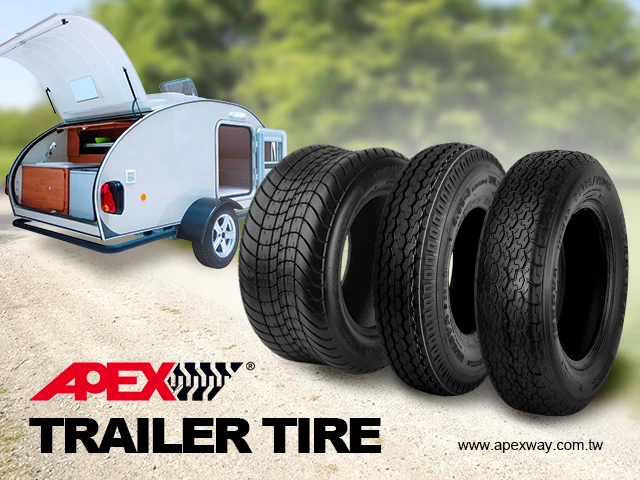
Refer to the trailer placard or your owner’s manual. Either will tell you the manufacturer’s recommendation. (Trailers have a federal certification/VIN label generally located on the forward half of the driver’s side of the unit. Some trailers also have a separate vehicle placard located there that describes tire and loading information.)
Or you can look at the tire sidewall sizing information. Then be sure to check with a tire professional before you buy to make sure what you have in mind is the right fit for the loads you’re hauling and roads you’re traveling.
Travel trailer and boat trailer tires may sit for long stretches. This is a good reason to have your tires and bearings inspected every year by a tire professional.
Schedule an Appointment
Carrying a spare for your trailer may just save your day or vacation. Boat trailer and travel trailer tires are often specialty tires that aren’t always readily available in all places.
A spare tire means you’ll have an hour or so of hassle changing a tire if you get a flat, versus missing a day or more of vacation, or having to leave your trailer loaded with gear to go in search of an open tire shop.
Money-saving tip: When you replace your full set of trailer tires, consider keeping the one that’s in the best condition to use as a spare, so long as a tire professional inspects the tire and confirms it is suitable.
The trailer’s certification label or owner’s manual may give you advice on which type of tire construction is best. Some of your choice depends on the type of trailer you have and the kind of travel you’re doing.
Radial tires run cooler so on longer trips they don’t wear as fast. They’re also less prone to developing flat spots when a trailer is parked in one place for weeks at a time.
Bias-ply tires have stiffer sidewalls, which can reduce trailer sway.
Whatever your choice, don’t mix-and-match tire types or sizes. Go with all radials or all bias tires of the same size.
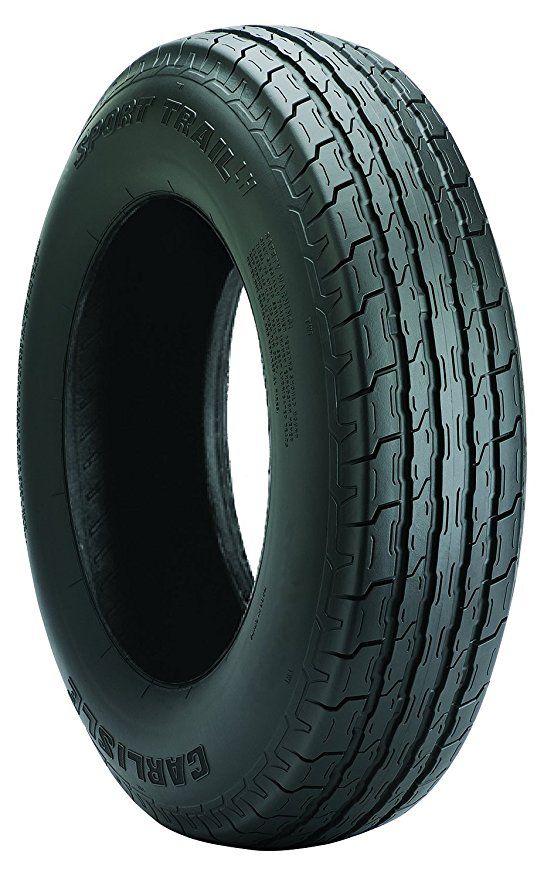
Come on by your local Les Schwab Tires store and we’ll be glad to help.
90,000 calculator of optimal value for pneumatic wheels Tire pressure: calculator of the optimal value for Pneumatic wheelsPressure in wheels
Calculator works in test mode! Found an error in the indicators or want to leave suggestions, please send via the feedback form on the Feedback page or the VK group! Errors with evidence base (photos, screenshots, links) are accepted! All information presented on the site is for informational purposes only! Thanks for understanding!
The correct tire pressure for car owners is not an idle issue.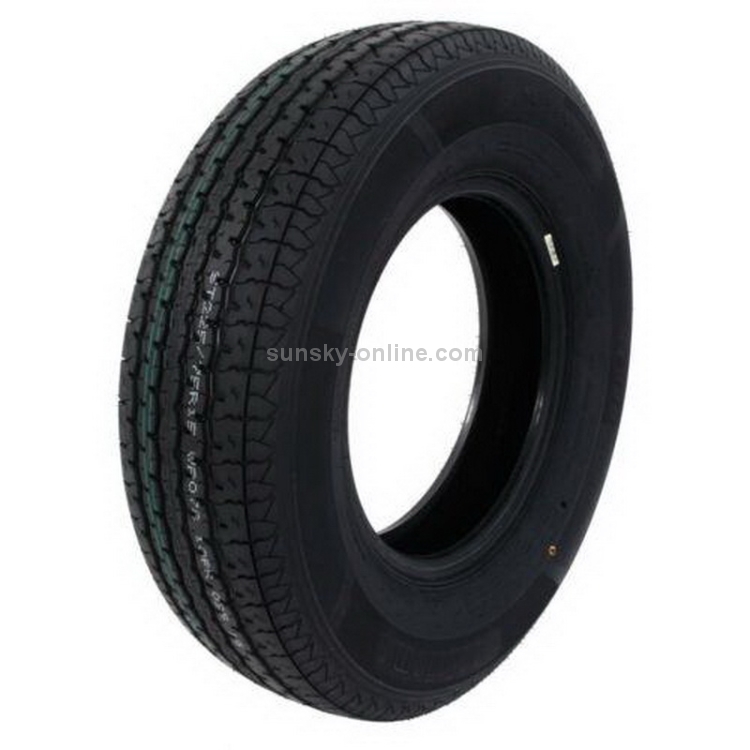 It affects the rate of wear of rubber, the quality of vehicle control, driving safety, fuel consumption. To control the level of inflation of the wheels, you need to know what the pressure in the tires of the car is measured in, and what devices are used for this.
It affects the rate of wear of rubber, the quality of vehicle control, driving safety, fuel consumption. To control the level of inflation of the wheels, you need to know what the pressure in the tires of the car is measured in, and what devices are used for this.
On the territory of Russia, the unit for measuring air pressure in tires is Atmosphere (1 atm. = 1 kgf / cm²) In the tables of manufacturers, the Atmosphere is often equated with another unit - Bar (1 bar = 0.98 atm).
American automakers report values in PSI (1 psi = 1 psi or pound/square inch).
When marking car tires, manufacturers use Kilopascal (1 kPa = 6.895 psi) to indicate the maximum allowable pressure (MAX PRESSURE).
Conversion of units of measurement is carried out according to the formulas:
Important! Normal tire pressure does not depend on the brand of tires, but on the brand of your car and its manufacturer's recommendations.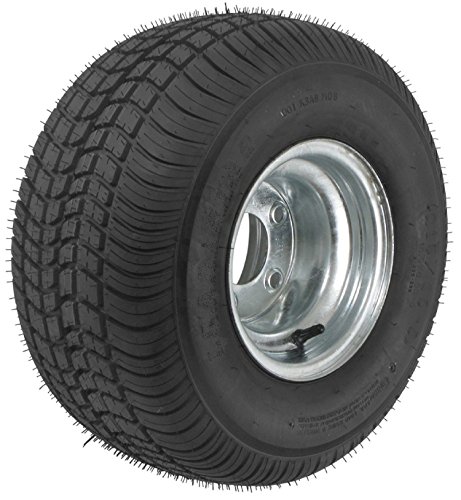 3,0003
3,0003
| Technical atmosphere (AT or AT) = KGS/cm 2 | (BAR), Bar | (PSI) Fund-WiLi for inch | (ATM), physical physical Atmosphere | kPa (KPA), kilopascal | ||||||||||||||||||||||||||||||||||||
| Technical atmosphere (AT or AT) = KGS/cm2 | - | 0.98065 | 14,223 | 900EALL , bar | 1,0197 | - | 14.504 | 0.98692 | 100 | |||||||||||||||||||||||||||||||
| (PSI) Pound -WIMS | 0.07030 900 | 0.068948 | 0.068948 9 - | 6.894745 | ||||||||||||||||||||||||||||||||||||
| (ATM), Physical atmosphere | 1.033 | 1.01325 | 14.696 | - | 9007.348
Modification Modification | Tire pressure, front/rear, MPa (kgf/cm2) | |
| Station wagon (R90) | 0.24/0.26 (2.4/2.6) |
| Estate (R90) Van (F90) | 0.24/0.30 (2.4/3.0) |
| Station wagon complete set "CROSS" | 0.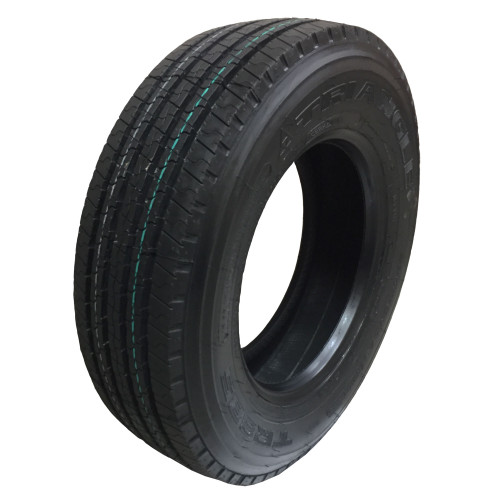 24/0.26 (2.4/2.6) 24/0.26 (2.4/2.6) |
See also the table with indication of pressure for different types of tires and modifications on Lada Largus
Appropriate tire pressure must be maintained especially during overloaded or high-speed driving. When operating a vehicle with a full load and a trailer, the air pressure in the tires should be increased by 0.2 bar (0.02 MPa or 0.2 kgf/cm2). Incorrect tire pressure reduces stability, increases rolling resistance and wears out faster and even creates an accident.
If there is a constant drop in air pressure in the tire, check for air leakage through the valve spool. In case of air leakage tighten the spool, and if this does not help, replace it with a new one.
If the pressure drops with a good spool, the tire needs to be repaired.
In order not to disturb the balance of the wheel, make a mark with chalk on the tire against the valve before disassembly, and during installation, install the tire on this mark.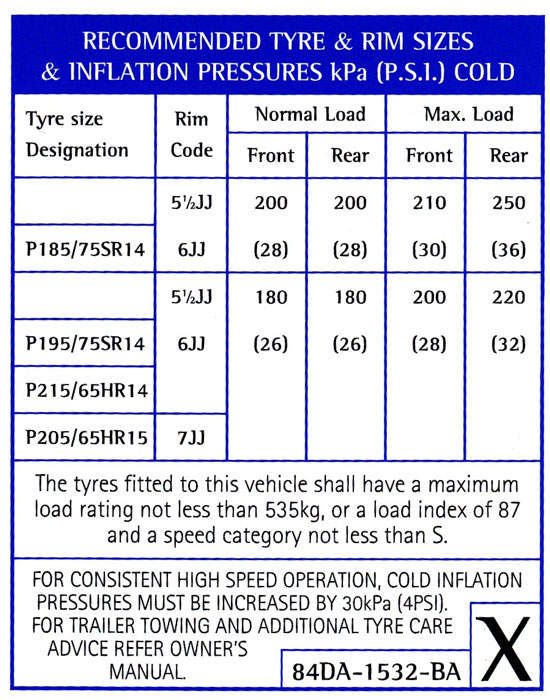
If you have inflated your tires incorrectly:
• two times lower pressure than normal value doubles the rolling resistance
• and more than 10% fuel consumption;
• if the pressure is more than normal, the braking distance increases,
• the tires wear out,
• they also make more noise: they buzz if the pressure is reduced and whistle if it exceeds the correct value;
• and in general driving becomes more dangerous: the tires can collapse!
Pound-force
In Russia, tire pressure is usually measured in bars or atmospheres.
From the United States came the psi unit (pound-force per square inch, that is, pound-force per square inch). 1 bar is approximately equal to 1 kgf / cm2, or 0.9896 atm, or 14.5 psi. Less commonly used is the kilopascal unit:
1 kPa = 0.145 psi;
1 psi = 6.895 kPa.
How to properly inflate tires
The required pressure depends on the type and size of the tyre, season and temperature outside, vehicle load, type of roads.